"Highest accuracy possible" with the Trimble X12
How the crisp, clean data and sub-millimetre accuracy of the Trimble® X12 3D laser scanner was "a game changer" for specialist measurement consultants OR3D on a recent project to simulate the motion of a damaged swing bridge.
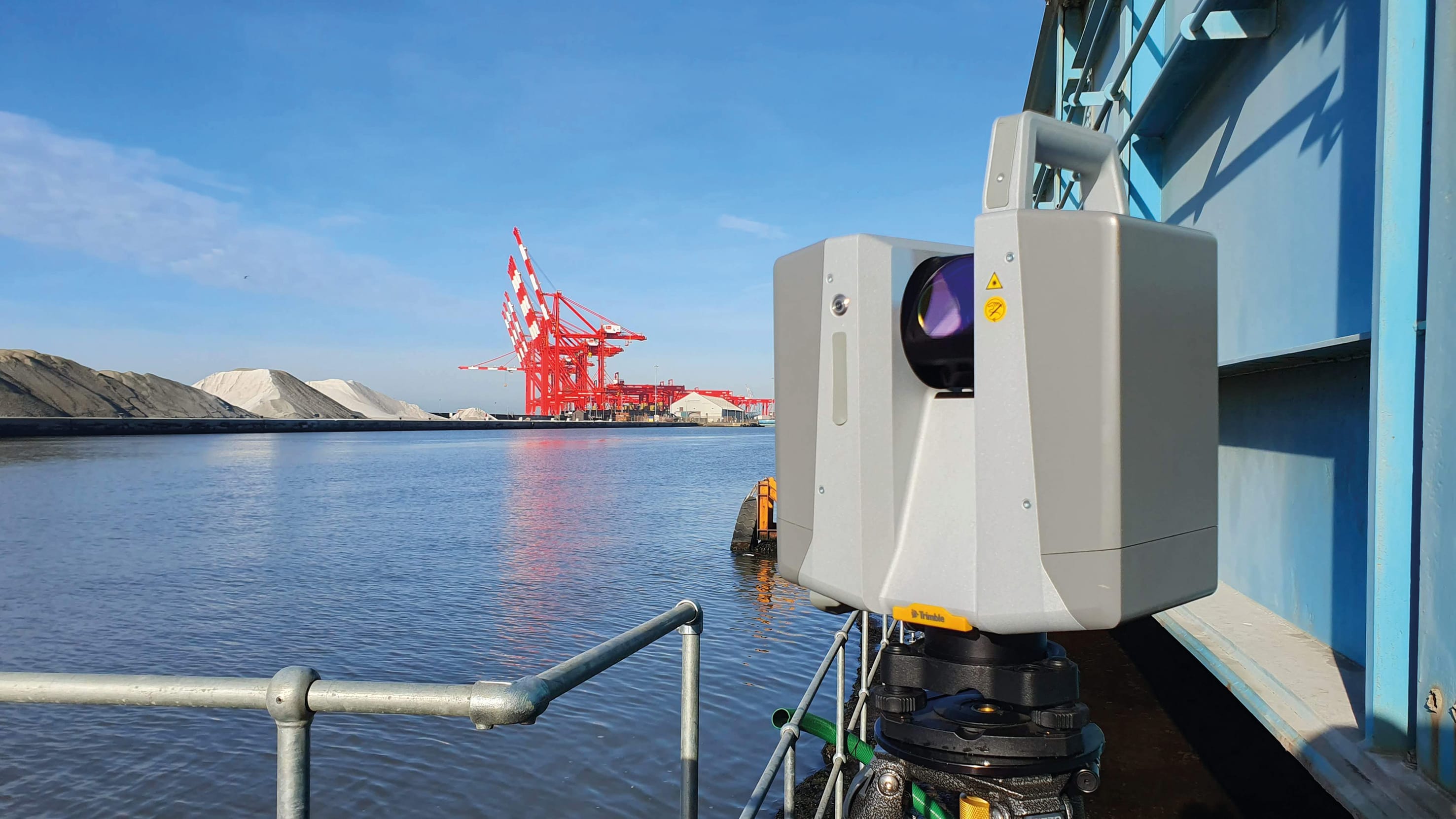
As used to working in microns as millimetres, specialist measurement agency OR3D is a company that demands the highest possible performance for its long and short range 3D laser scanning operations. Established in 2011, the business has built its reputation on a "highest accuracy possible" principal working on projects as diverse as measuring medication for the pharmaceutical industry through to creating digital twins for some of the UK’s largest infrastructure projects and the reverse engineering of specialist parts for the aeronautical industry.
OR3D does this through the provision of 3D CAD models from laser scan data. Whether their clients need a computer model for manufacturing purposes, inspection reports or reverse engineering, the company is equipped to meet challenging and complicated measurement tasks through its extensive equipment portfolio that includes CT scanners, laser trackers, 3D laser scanners and drones. Above all, the company values data quality and accuracy and therefore seeks out equipment that truly delivers the best solutions for its different applications.
For the reverse engineering side of the business, the introduction of 3D laser scanners to the OR3D fleet has been a game changer. However, as technology evolves, so has OR3D’s investment in laser scanners which has seen them upgrade and evolve their fleet to best meet their customer requirements.
Typical of this approach is a recent project for a client in the northwest of England, which led OR3D to invest in a KOREC-supplied high-end Trimble X12 3D laser scanner.
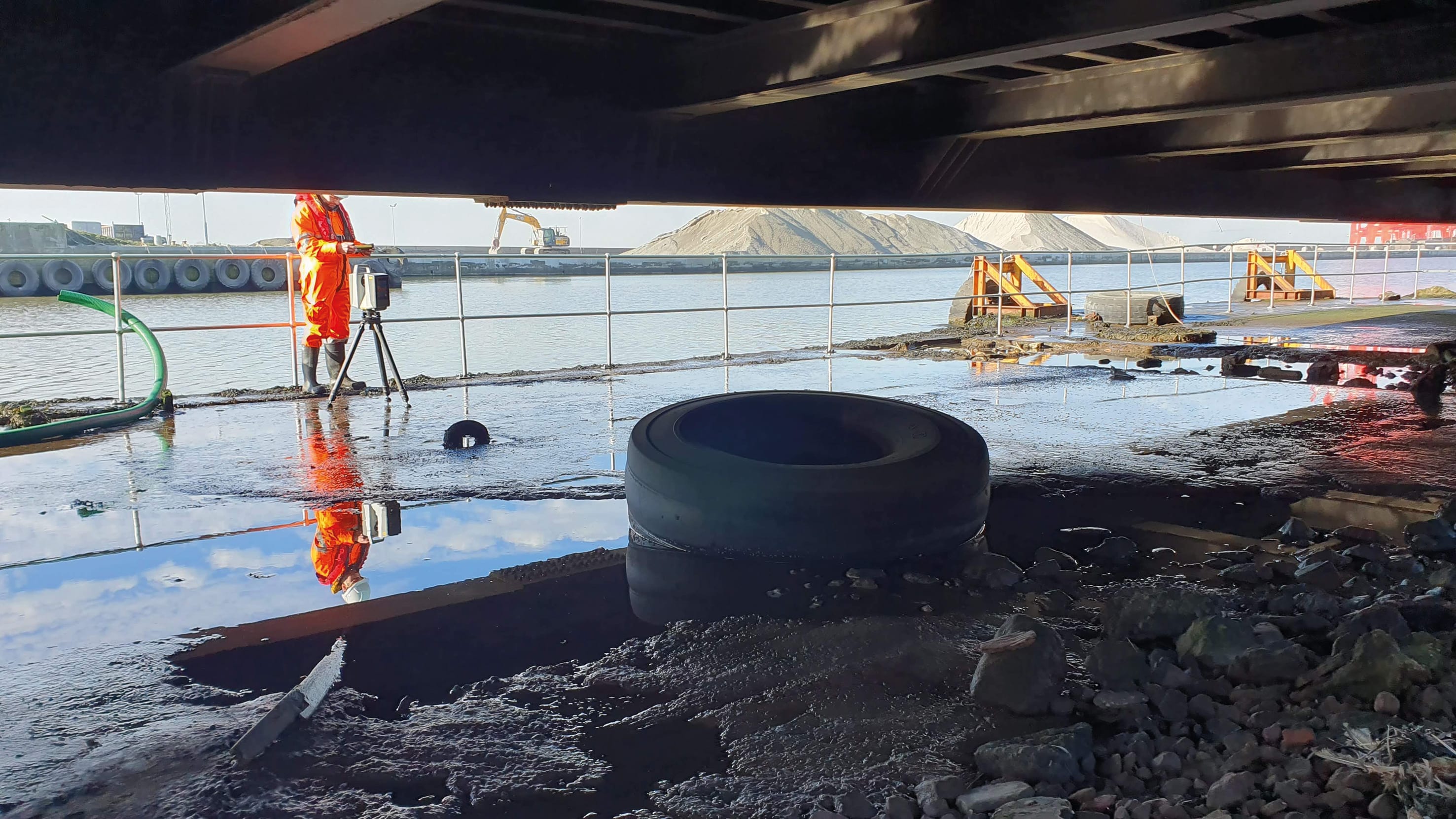
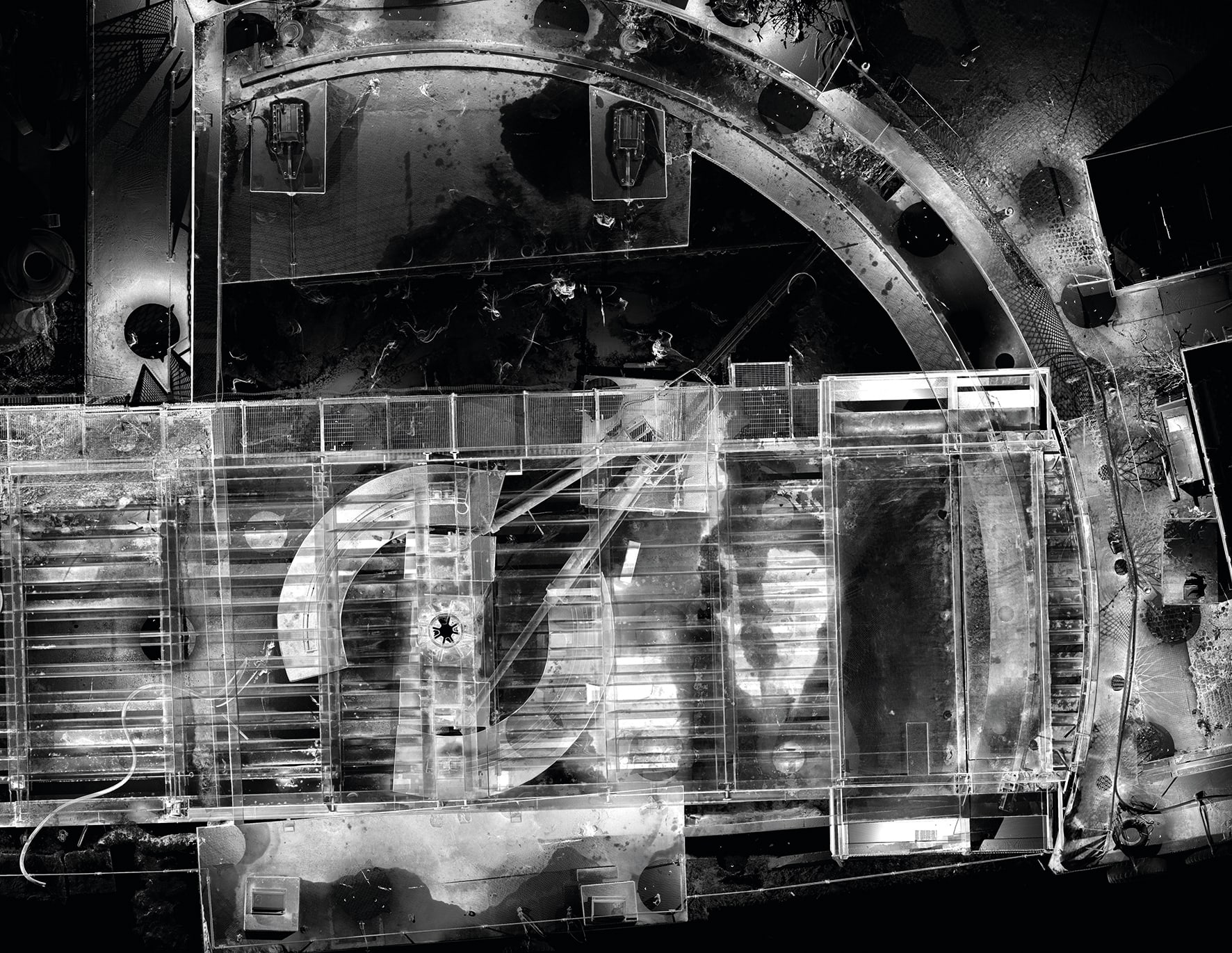
Swing bridge with a catch-22
Situated in one of the coastal dock systems in the North West is a swing bridge which connects a particular dock with the mainland. The bridge is currently decommissioned and left in the open position following two incidents, including one with a passing tug, that had left it twisted. For the ferry company that wished to have access across the bridge for car parking purposes, it was vital to have it in full working order again. However, this presented a catch-22 situation. The ferry company wouldn’t know if the bridge was functioning correctly unless they closed it, but if they closed the bridge and it wasn’t functioning correctly, it would jam in that position preventing entry by water to the dock.
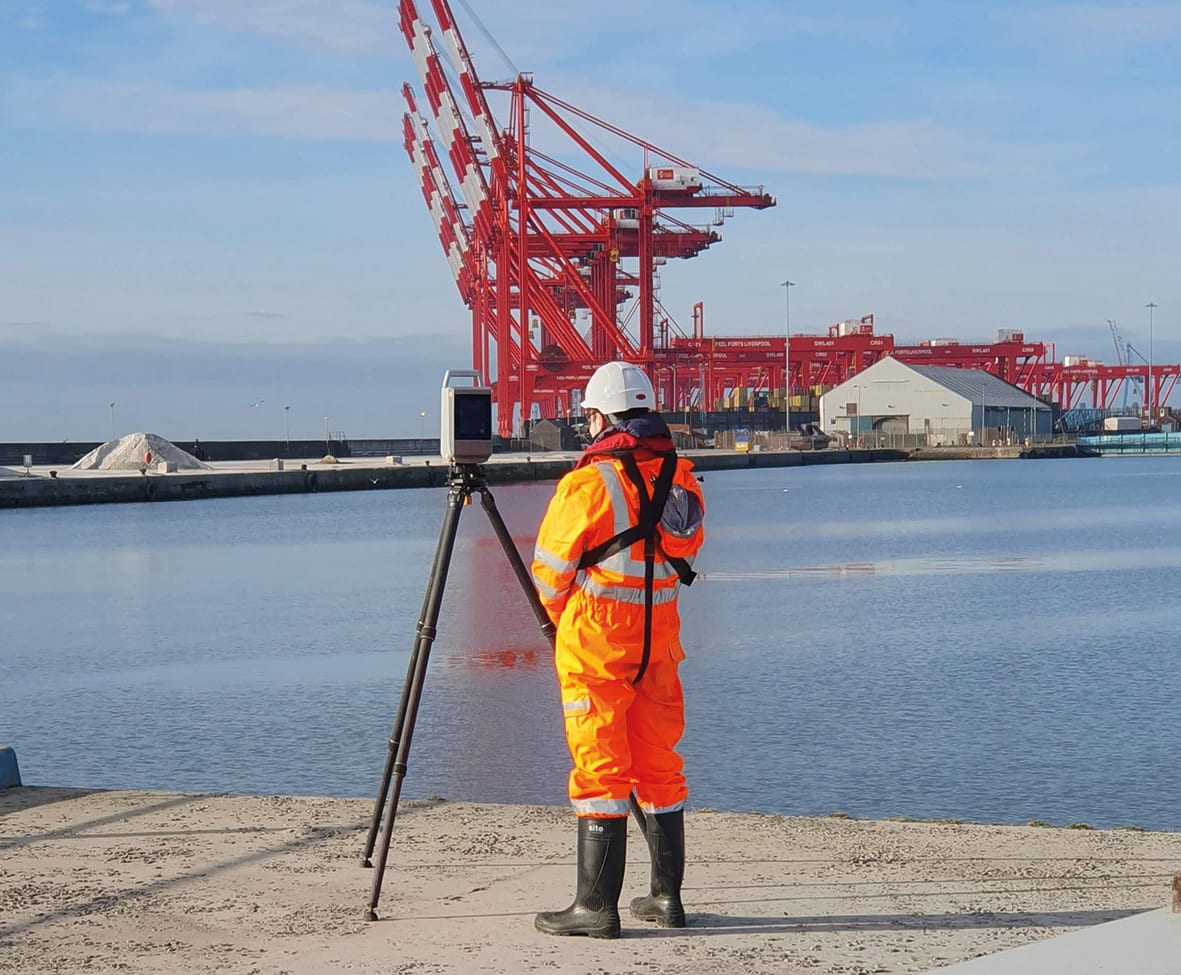
Reputation counts
OR3D, and in particular Service Manager Robert Wells with his background in mechanical engineering, reverse engineering and CAD, had previously carried out work for one of the client’s contractors using a laser tracker (designed for objects/short scans). He had also brought the Trimble X7 3D laser scanner with him to complete scans of the surrounding area. The contractor was impressed by the potential of also using a longer range scanner and had fed back this information to the client who felt that OR3D’s expertise would be valuable on the swing bridge project.
Following some initial consultation, OR3D was able to present a solution for the scheme that would include an extensive 3D scan to create a digital twin. The digital twin could then be converted to a 3D CAD model and used in software to simulate the motion of the bridge if it were to be closed.
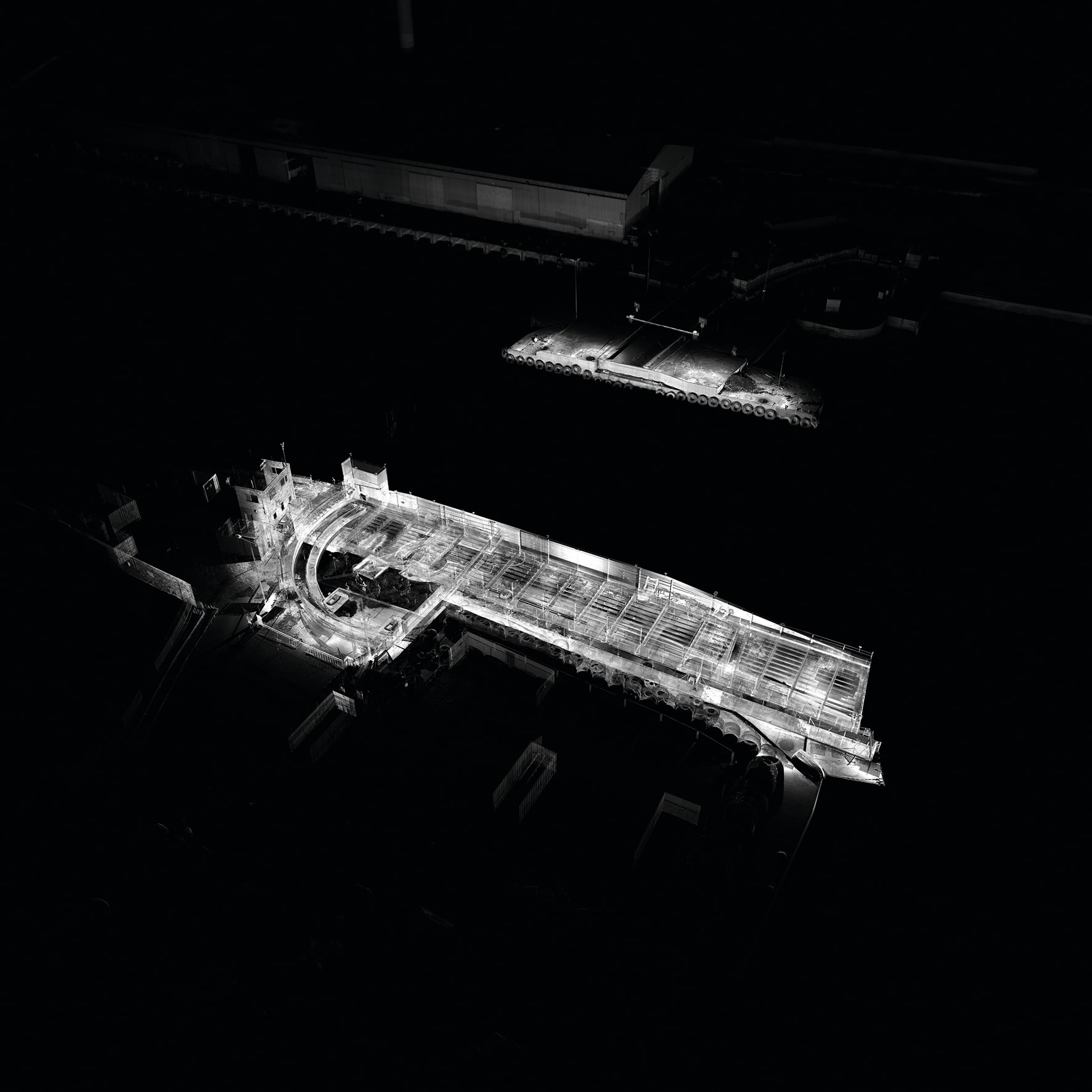
Choosing the Trimble X12
The purpose of the survey was to capture all the intricacies of the bridge, detail all the areas where it might swing, then reverse engineer the bridge to a CAD model and finally virtually swing the bridge to see where it might clash. The pintle/pivot system included some complicated mechanics and the centre of the pivot point also had to be found. There were also concerns that the bridge had become nonconcentric with the outer roller track and that if it swung, it may fall of the track.
With an excellent reputation for solving difficult reverse engineering problems, OR3D knew that although a 3D laser scanner would be the ideal tool for this job, it was also a job that would demand the very highest data quality.
Although the Trimble X7 had proved a useful addition to their laser scanning portfolio, Robert felt that the challenges of the swing bridge project demanded millimetre or better accuracy, extremely clean data with minimal noise and the ability to scan at both short and long range. A demonstration of Trimble’s high-end X12 scanner was therefore arranged through Trimble distributor, KOREC.
"The client was blown away when they saw the model that we produced….If I had to name one stand out feature of the X12 it would be the data quality"
— Robert Wells, Service Manager, OR3D
Having tested the scanner in a number of scenarios, including scanning to challenging surfaces such as a black shiny car, Robert felt that its impressive performance would be useful on a number of their projects including modelling the swing bridge.
One day, 120 scans, amazing detail
The spec from the client was to deliver data to create a digital twin of the current bridge that was "as accurate as possible." This data would then be simulated in terms of the expected motion of the bridge.
During an initial site visit, Robert was able to assess exactly what their client needed and to fully appreciate the level of accuracy required; the 65m bridge comprised two sections; one long section going across to the far side of the water and one short (with the pintle at one side of the bridge) going across to the dock. Any inaccuracy would affect where OR3D extracted the pintle and compromise the height of the roller track which would then get projected over the long length of the bridge causing noticeable movement at the nose based on a small amount of error on the short side. Highly accurate data was therefore imperative.
Additionally, the bridge was close to the ground, so OR3D needed a scanner with a short stand off to collect data from underneath the bridge without melt-off of the data. The X12 has a minimum range of 0.3m, which enabled Robert to place the scanner into tight locations and still pick up the clean data needed.
The scanning was carried out with a team of two in a single day shift. 120 HD scans were undertaken along with some window scans from each side of the dock to help with registration of the data, (window scans allow users to select areas requiring much higher resolution data). With the tide coming in, the team was also aware that time was short and were assisted by the X12’s fast scan times and a familiarity with the Trimble Perspective software workflow from their previous use of the X7. Perspective also ensured that the team was able to check the data whilst still on site to ensure that no areas had been missed.
"This project has proved the quality of the Trimble X12 and it’s certainly going to be a main part of our scanning workflows moving forward. We know we can combine X12 data with our other systems which will also be useful for combining data sets in RealWorks."
— Robert Wells, Service Manager, OR3D
Creating the model
Back in the office, the X12 data was checked in Trimble RealWorks™ office software by Applications Engineer, Sean Kean, and then uploaded into reverse engineering software, Geomagic Design X, (OR3D is the leading Geomagic partner in the UK and Ireland). Sean then modelled the bridge, the surrounding area and all connecting parts including the pintle and its central location, the roller track and any blocks the bridge sat on in the open position. The model was then exported into software capable of developing sophisticated 3D models and simulations.
Once constrained, Sean could then virtually swing the bridge providing a good guide as to whether there would be any concerns if this were to be carried out on site. The software also generates a list of positions where clashes can occur along with relevant measurements. Sean could then use this information to adapt the CAD model and rerun the simulation as required.
"Both KOREC and the Trimble X12 have been fantastic."
— Robert Wells, Service Manager, OR3D
Following the successful delivery of the model and simulation, Robert concluded, “Our client was blown away by what we were able to do on this project. The data had unbelievable clarity and the accuracy meant that we could even spot sub millimetre errors in the model. Both the X12 and KOREC have been fantastic.”
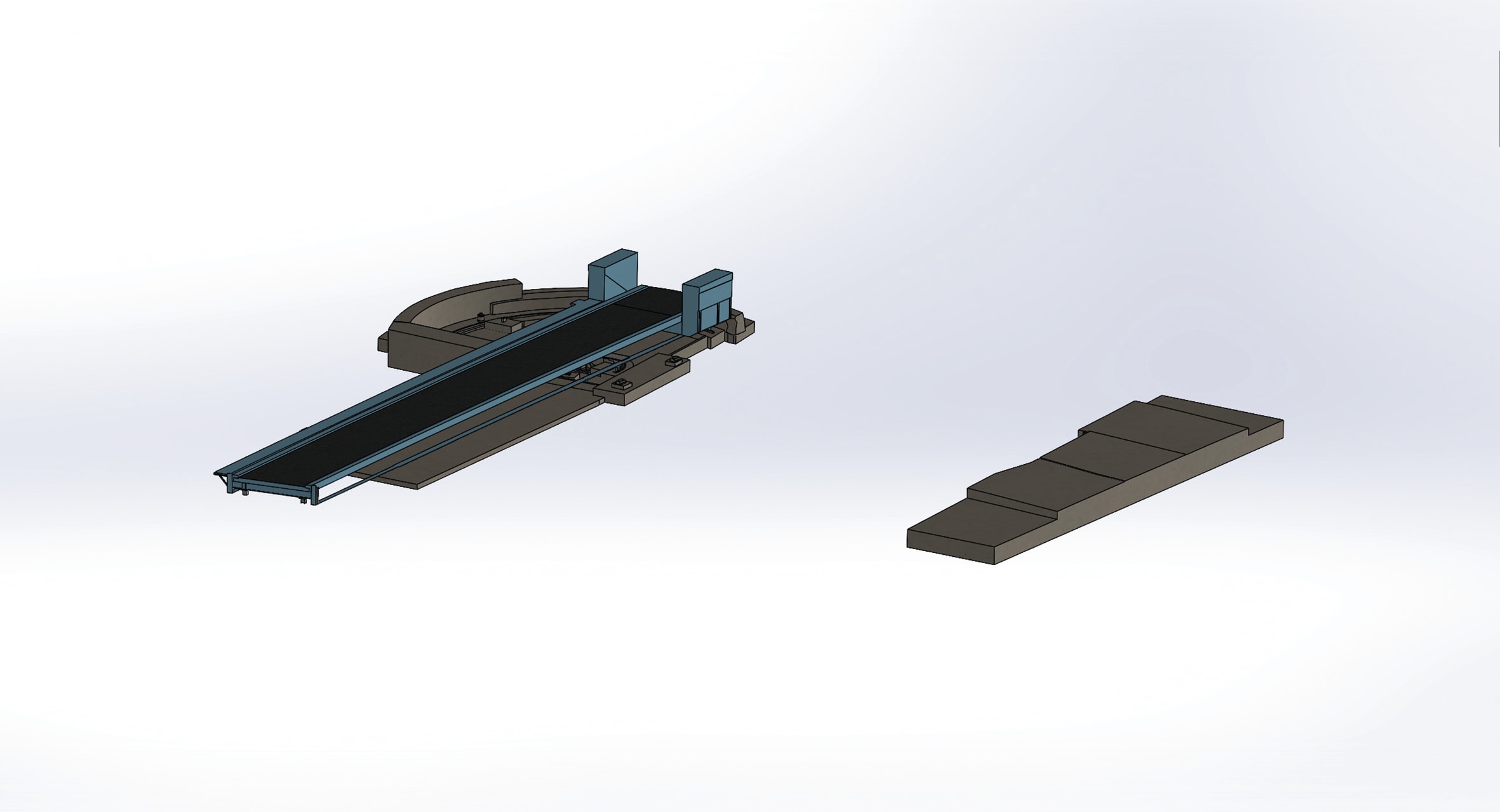
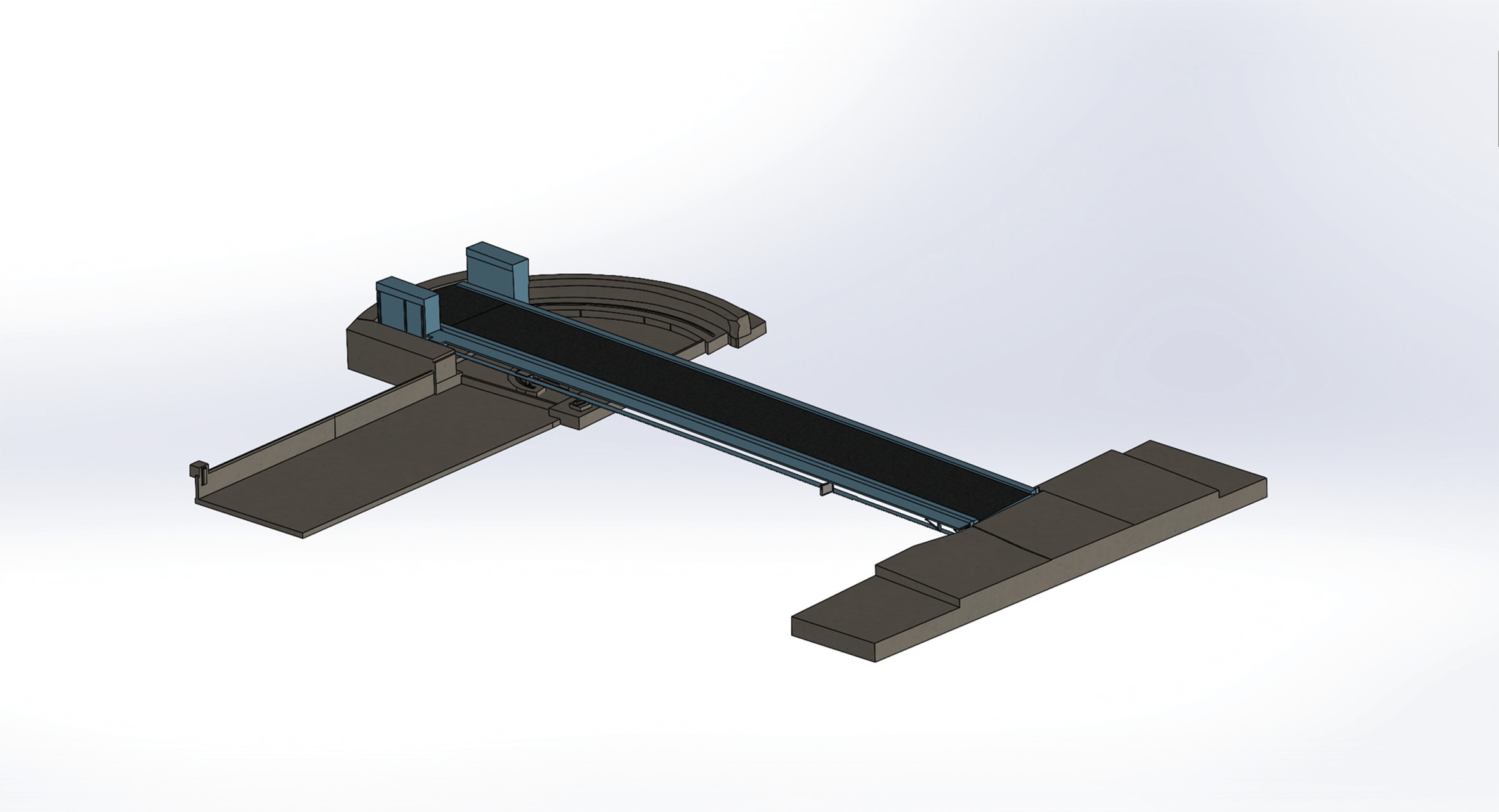
OR3D’s top 8 Trimble X12 benefits
- Ability to achieve millimetre and better accuracy "imperative for this project"
- Extremely crisp, clean data "we were able to spot sub-millimetre errors!"
- Perspective software "short learning curve and ability to check all data had been captured whilst still on site"
- Short 0.3m stand off "made the job possible"
- Fast scanning speed "we had to beat the tide"
- Window scan option — "a big help for areas where we needed more detail"
- Ability to scan in the dark eliminating the need to carry lights on site "also going to be useful in other jobs"
- High quality, great colour imagery "going to be useful in the future"
Images and information courtesy of OR3D. Story courtesy of KOREC. Our thanks to Robert Wells and Sean Kean of OR3D. OR3D are the leading Geomagic partner in the UK and Ireland, providing all of the Geomagic maintenance and support for their hardware and software.